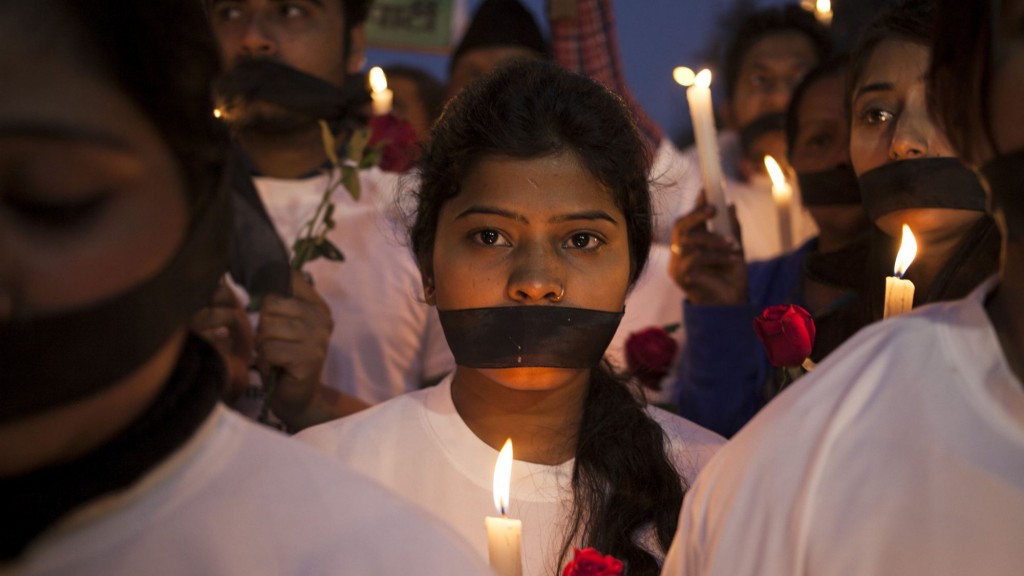This documentary, directed by Mikaela Shwer, tells the story of Angy Rivera, a young undocumented woman living in New York City with her family. Rivera (who was born in Colombia) and her mother both are undocumented, but her two younger brothers are citizens, having been born in the United States.
This divide is just one of many featured in the film. Don’t Tell Anyone features a number of conflicts between generations, political philosophies, and internal dialogues. Although the film is mostly told from a third person perspective, with its subjects in front of the camera, the film occasionally pulls the viewer into a pseudo-first person perspective through the insertion of home videos and webcam clips of the documentary’s subjects.
The focus of the film ultimately is the immigration status of its main subject, Angy Rivera. Using creative media like the standard interview, amateur video, and animation, Shwer creates a retrospective, showing how being undocumented has affected the actions and the mindsets of the family. The first, and perhaps most obvious side effect of being undocumented is the stigmatization that being “illegal” carries. This is where the title comes from – growing up, Angy was told by her mother never to tell anyone that she was undocumented. But the presence of this stigma becomes the most inspiring rallying cry for Angy (and therefore the viewer). In order to break the stigma, the audience is shown how Angy has sought to reach out to her community and unite. She has an advice column, speaks at community events, and participates in rallies, in which she and others “come out” as undocumented. Naturally, this worries her mother.
The most compelling part of the movie, however, comes later, when the retrospective ends and a different mode of storytelling begins. We experience what Angy experiences, negotiating life as an undocumented student trying to afford college tuition. Then, when Angy learns she may be eligible for a special visa because of a sexual assault committed against her, we experience the same mixed emotions of celebrating a path to citizenship while also questioning a system that only treats undocumented immigrants as people if they are victims of a crime. As she waits, we wait, hoping that she gets her little slice of a government-sanctioned American Dream.
In spite of a happy ending for Angy—she gets her visa—a visit to a rally for undocumented immigrants ultimately reminds us that Angy Rivera is just one in a huge sea of undocumented people, making the ending bittersweet. More importantly, however, this marks a call for social awareness: undocumented immigrants are here and deserve fulfilling, safe lives.
Bibliographic items:
http://search.proquest.com/docview/748649441/fulltextPDF/ABFC4979E561432CPQ/1?accountid=14194

